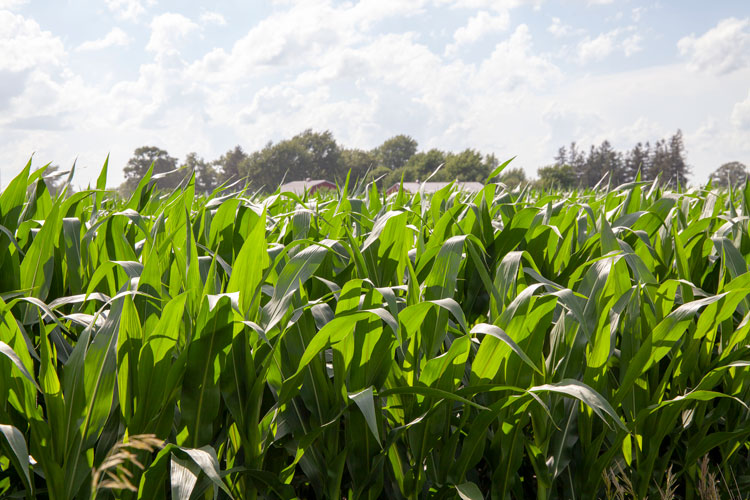
Although there is risk of hot weather and the potential for drought across some parts of the country in July, this year’s corn crop is looking markedly better than last year. It was about this time last year that several fields were not yet planted, and questions were being raised concerning what should be planted in those cold and water-logged fields. For more on that regard, read Rain is drowning 2019 forage hopes.”
Returning to this year, USDA reported that 73% of the country’s corn crop was in good or excellent condition during the week ending June 21. In many parts of the country, the old farmer’s adage of knee-high by the fourth of July was easily surpassed. Instead of worrying if there are enough growing degree days to mature the crop far enough for ensiling, farms should begin watching for silking day in order to best estimate harvest dates.
According to Cornell’s Joe Lawrence, tracking growing degree days (GDDs) beginning at silking can help farmers better predict the right date for choppers to hit the fields. “The numbers provided for a hybrid are often from planting to physiological maturity (black layer), which is past the silage stage,” the dairy forage systems specialist explained. “A rough rule of thumb is to subtract 150 GGDs from this number to estimate the number needed for silage harvest.”
Lawrence shared that he prefers tracking from silking to silage harvest better than from planting to harvest because temperature swings in the spring, such as those seen this year, can cause great variation in GDDs.
“While there is still some variability in GGD requirements from silking to silage harvest timing, this method offers better results than using full season numbers as it takes out the early season variability of GGDs needed from planting to silking,” he added.

Lawrence provided the GGD targets in the table based on a New York multi-year study. While the values in Table 1 obviously vary across the country, understanding these values for your area and the rate at which corn accumulates GGDs in your area can allow you to formulate your own targets.
“When a field reaches these GGD targets, it is a good time to sample fields and dry down samples for whole plant dry matter to further refine harvest timing,” Lawrence concluded.








